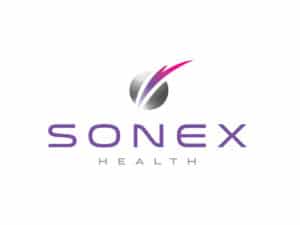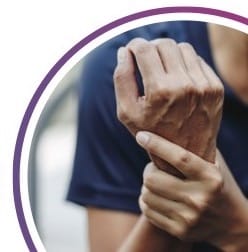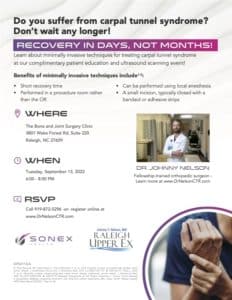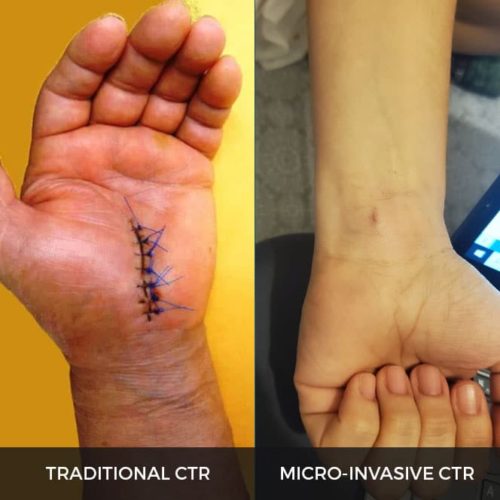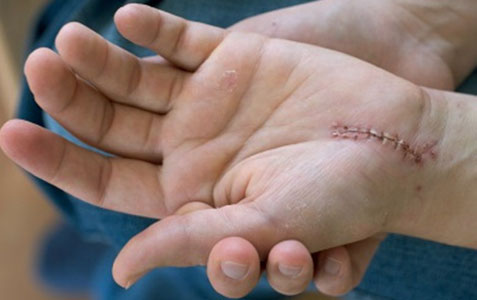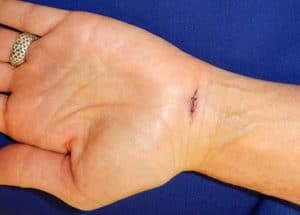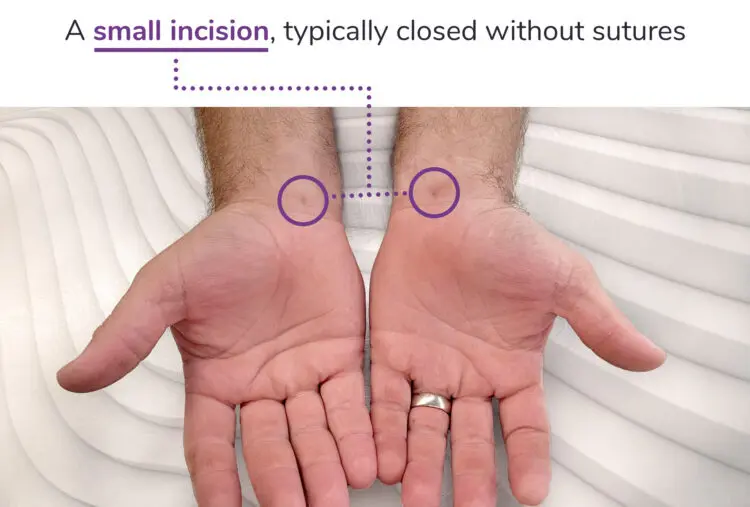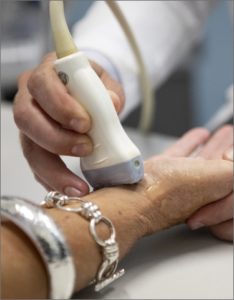 What do I do if I have carpal tunnel on both sides?
What do I do if I have carpal tunnel on both sides?
Unfortunately, carpal tunnel syndrome is very common. 1 out of every 20 adult Americans has this condition, which can interfere with sleep, the quality of life, the use of the hands both at home and at work. Symptoms include numbness and tingling, especially in your thumb, pointer, and middle finger, waking up at night to shake your hands out, pain and numbness/tingling with activities that require gripping and repetitive wrist motions (holding a steering wheel, using tools, knitting, etc.).
Worse still, many have severe problems in both hands, and that may be YOU.
Sometimes simple treatments for carpal tunnel can help to quiet down your symptoms, especially if your symptoms came on recently. These include oral anti-inflammatories such as steroids or NSAIDs, wearing a wrist splint at night, avoiding activities that make your symptoms worse, and even injections performed by a hand surgeon such as Dr. Nelson.
But what happens when you have carpal tunnel on both sides that does not respond to these measures?
Carpal tunnel release is a great treatment for carpal tunnel syndrome. No matter how it is performed, it reliably relieves your numbness, tingling, and especially night pain and gripping pain due to carpal tunnel syndrome.
However, you may be worried about having surgery on both hands at the same time, also called “bilateral” carpal tunnel release. Maybe you have concerns that you will not be able to take care of yourself or others (children, elderly parents), dress yourself, use the bathroom, prepare food, and participate in other activities of daily life. Or perhaps you are concerned that you will have to take too much time off of work, and that is something you can’t afford. Simply put, you may feel the need to have one “good hand” to help out while the operated hand heals.
But with new technologies and techniques, this is no longer the case.
In years past, carpal tunnel release was always done through an open incision in the palm. While this can reliably treat and cure the symptoms of carpal tunnel syndrome, the incision in the palm can be painful especially in the early days and weeks after surgery. This can require prolonged periods of healing where heavier activities or even simple activities around the house can be difficult for you or need to be avoided altogether.
However, Dr. Johnny T. Nelson uses a new technology to treat your carpal tunnel syndrome under ultrasound guidance. Due to the extremely small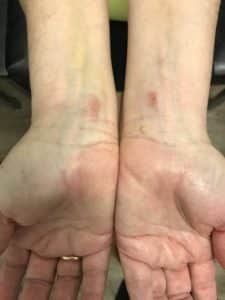 incision (about the size of a pea!) further back on the wrist, and no incision on the palm, the same release and relief of your symptoms can be performed while minimizing the period of healing pain after the surgery.
incision (about the size of a pea!) further back on the wrist, and no incision on the palm, the same release and relief of your symptoms can be performed while minimizing the period of healing pain after the surgery.
With ultrasound guided carpal tunnel release, almost all patients with carpal tunnel on both sides have it treated on the same day. With ultrasound-guided carpal tunnel release, you may return to all activities immediately, including cooking, hygiene, dressing, and even work, including manual labor. There is no splinting or casting required, there is no heavy anesthesia on the day of surgery. Some patients who do very heavy work with their hands (for example, mechanics, plumbers, and other heavy laborers) may need to allow for 5-7 days for the area to heal.
In Dr. Nelson’s experience, he has yet to encounter a patient who has had ultrasound-guided carpal tunnel release done on both sides who wishes that they had it done only on one side. However, many patients who had it done on one side only for fear of the healing process wish they had it performed on both sides.
So to answer your question: YES! If you have carpal tunnel on both sides, and your symptoms are bad enough to need surgery, ultrasound-guided carpal tunnel release on the same day for both hands is often the best option for you. Click here for a complimentary printable handout about what to expect from ultrasound-guided carpal tunnel release.
Remember, every patient is different, your treatment depends on a one-on-one consultation with Dr. Johnny T. Nelson which includes a physical exam and discussion of your symptoms. If you are a candidate for ultrasound-guided carpal tunnel release, even if on both sides at the same time, he will let you know. Call 919-872-5296 for an appointment, or visit www.drnelsonctr.com to learn more.
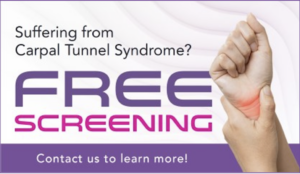 North Carolina Carpal Tunnel Specialist Dr. Johnny Nelson MD now offers free telephone screening for those who think they have carpal tunnel.
North Carolina Carpal Tunnel Specialist Dr. Johnny Nelson MD now offers free telephone screening for those who think they have carpal tunnel.
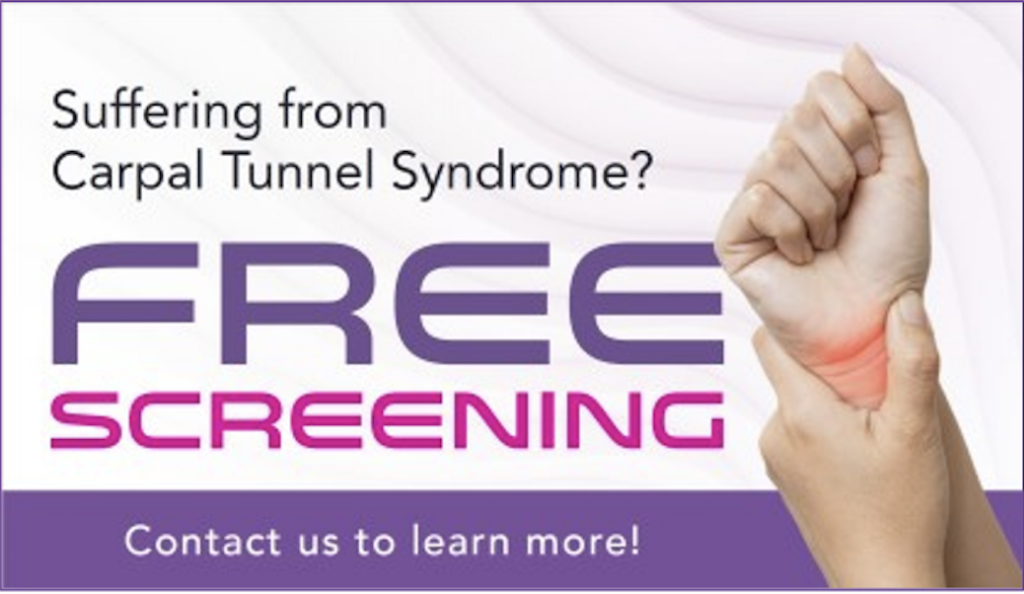
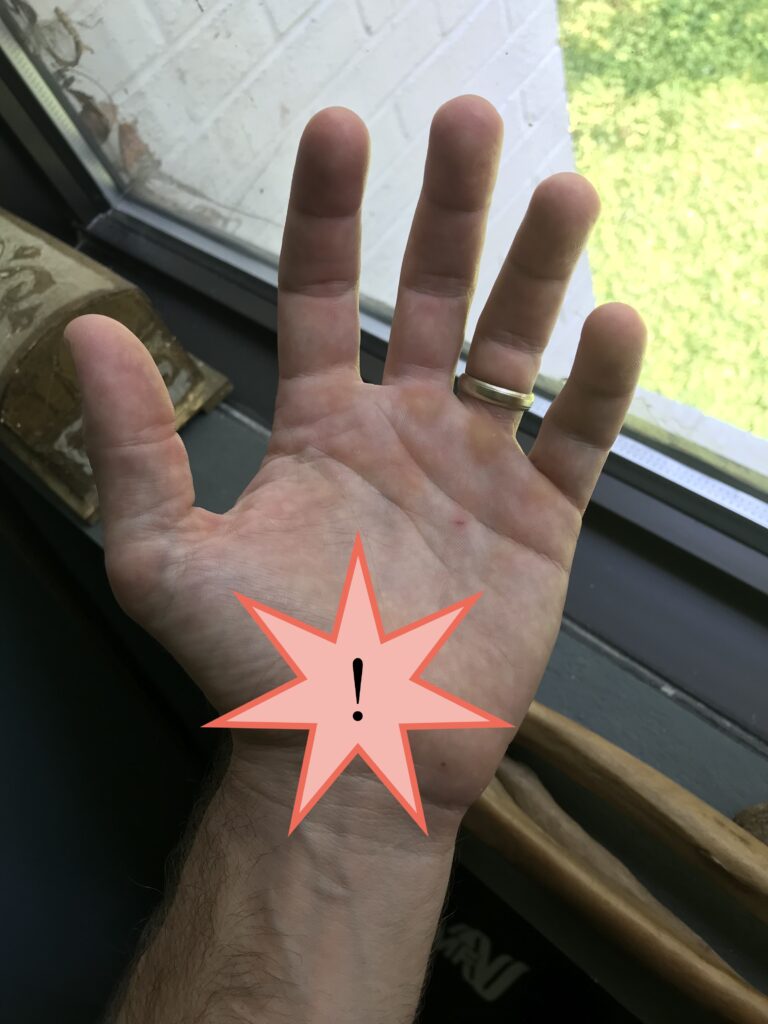
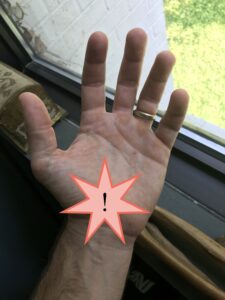 Carpal tunnel release surgery, especially
Carpal tunnel release surgery, especially 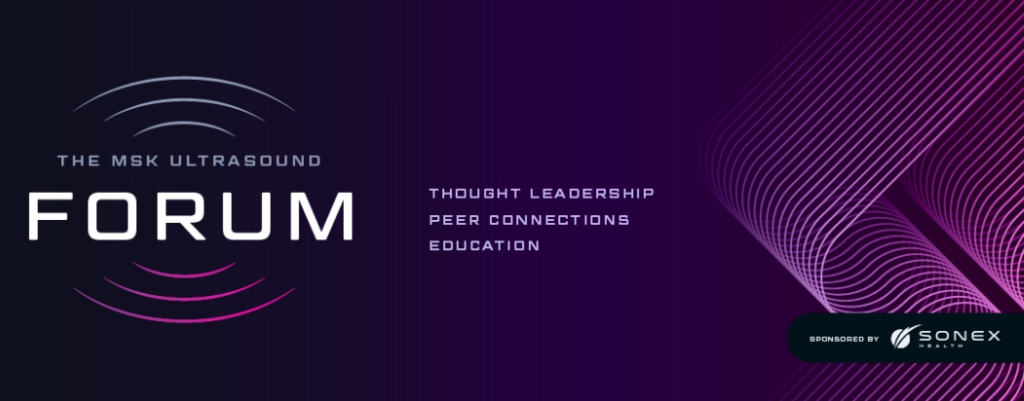
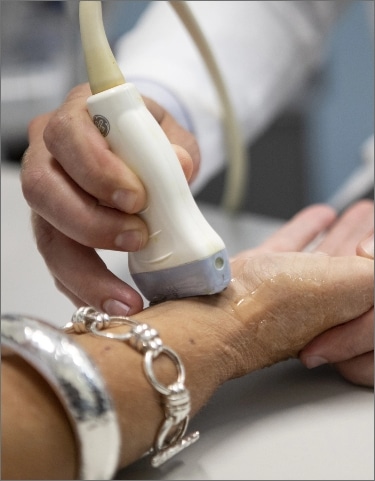
 What do I do if I have carpal tunnel on both sides?
What do I do if I have carpal tunnel on both sides? incision (about the size of a pea!) further back on the wrist, and no incision on the palm, the same release and relief of your symptoms can be performed while minimizing the period of healing pain after the surgery.
incision (about the size of a pea!) further back on the wrist, and no incision on the palm, the same release and relief of your symptoms can be performed while minimizing the period of healing pain after the surgery.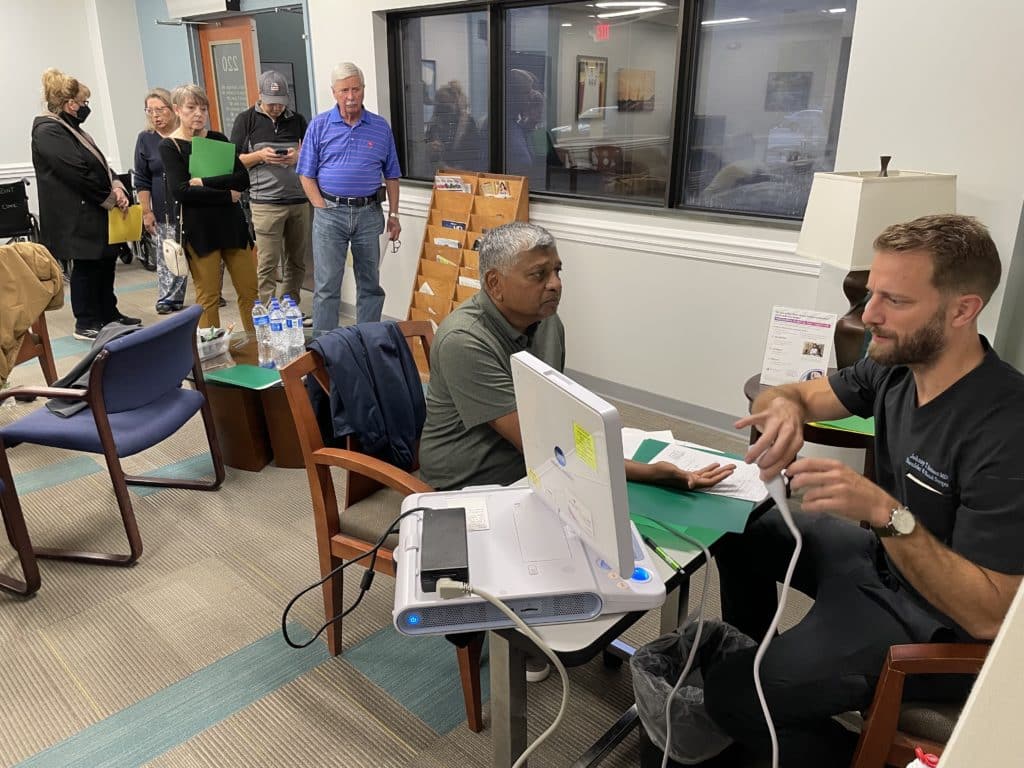
 Join Dr. Nelson for a free, no obligation scanning open house on January 10th from 6-8PM at the
Join Dr. Nelson for a free, no obligation scanning open house on January 10th from 6-8PM at the 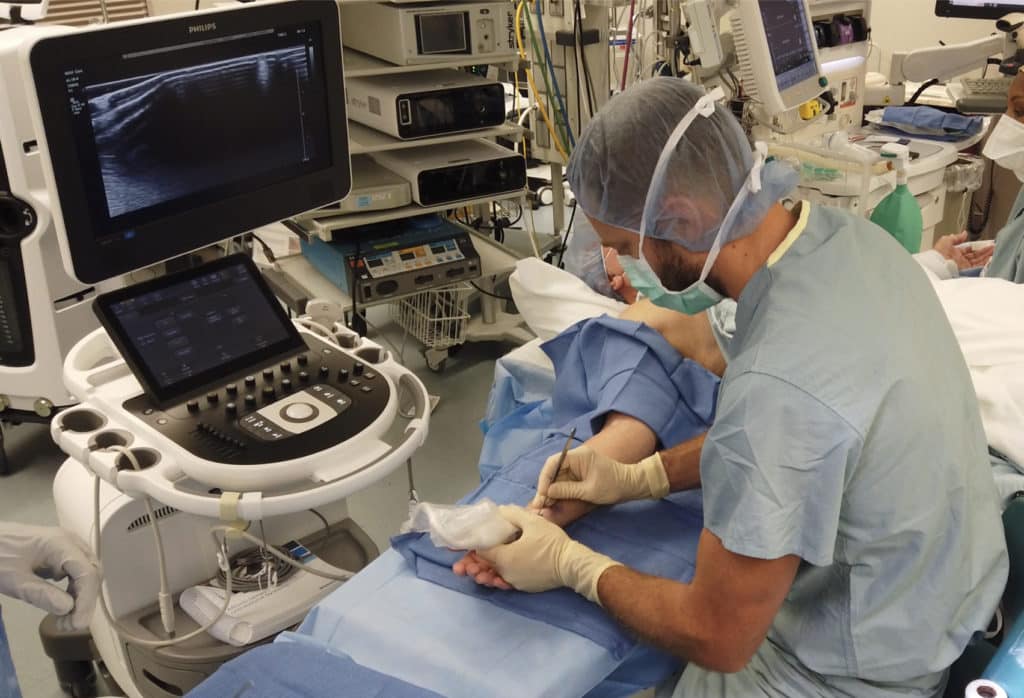
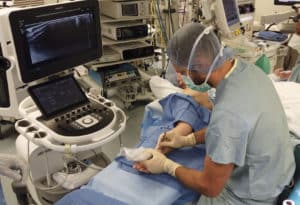 Ultrasound guided carpal tunnel release helps to address these concerns.
Ultrasound guided carpal tunnel release helps to address these concerns.